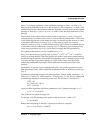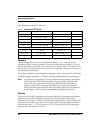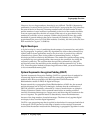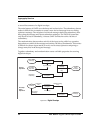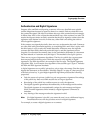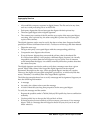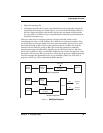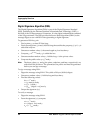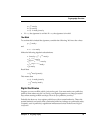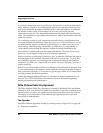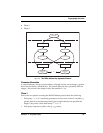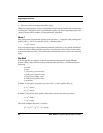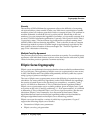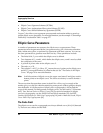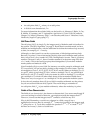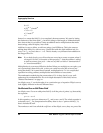
Chapter 3 Cryptography 61
Cryptography Overview
a = g
u
1 mod p
b = y
u
2 mod p
v = (a · b mod p) mod q
3. If v = r, the signature is verified. If v ≠ r, the signature is invalid.
The Math
To see that this is indeed the signature, consider the following. We have the values:
y = g
x
mod p
and
u
2
= r · s
inv
mod q
Make the following algebraic substitutions:
a · b mod p = g
u
1 · g
x·u
2 mod p
= g
u
1
+ x·u
2 mod p
= g
digest·s
inv
+ x·r·s
inv
mod p
= g
s
inv
(digest + x·r)
mod p
= g
k
mod p
Recall that:
r = (g
k
mod p) mod q
This means that:
v = (a · b mod p) mod q
= (g
k
mod p) mod q
= r
Digital Certificates
Suppose you own an RSA public/private key pair. You must make your public key
public so that others can use it to verify your digital signature or to encrypt session
keys when creating an RSA envelope. How do you publicize your key?
Probably the best way is to register public keys with a trusted authority. Then, this
trusted authority can certify that a particular public key belongs to a particular entity.
Currently, such a public key registration infrastructure exists in the form of digital
certificates.



